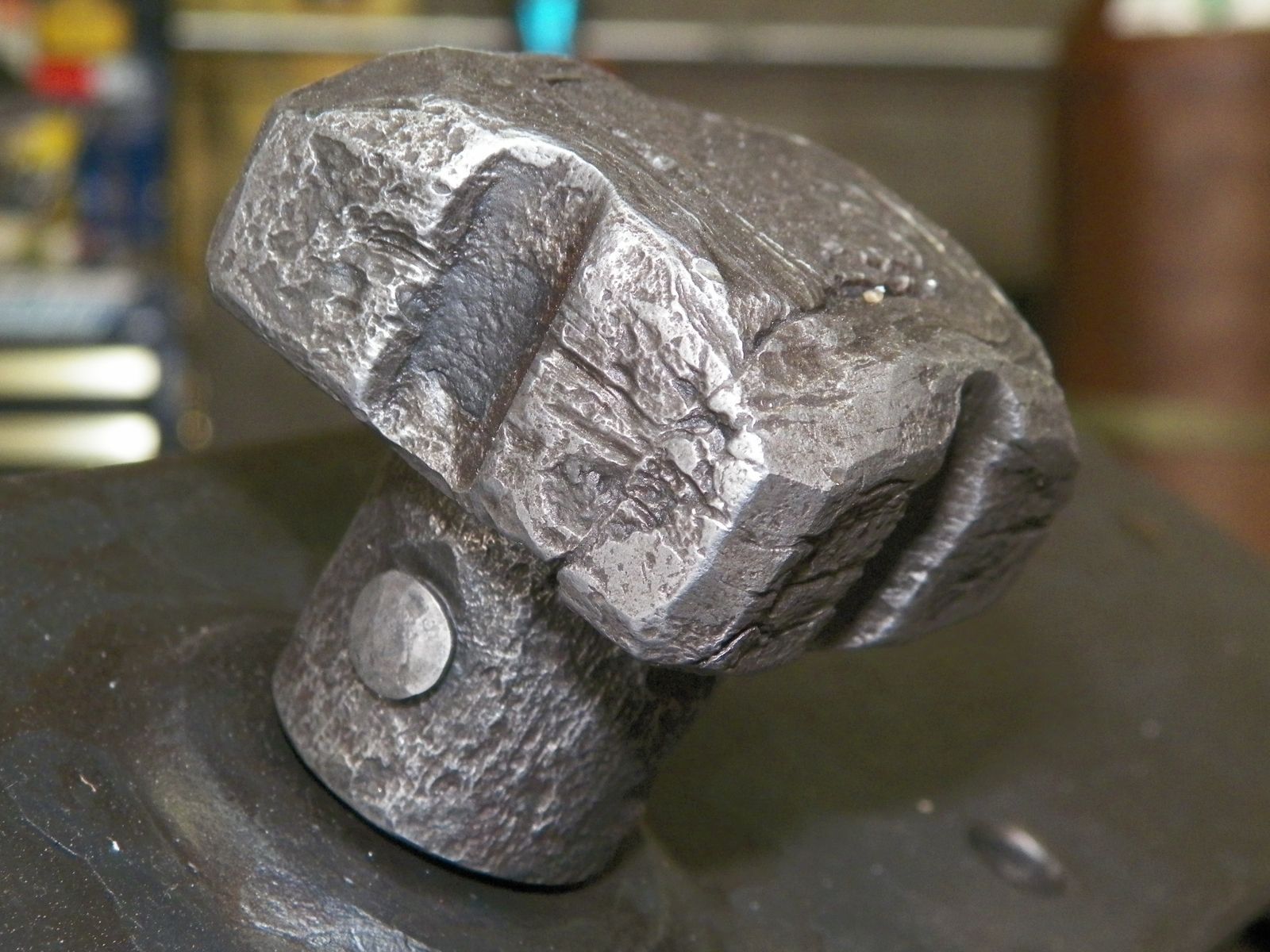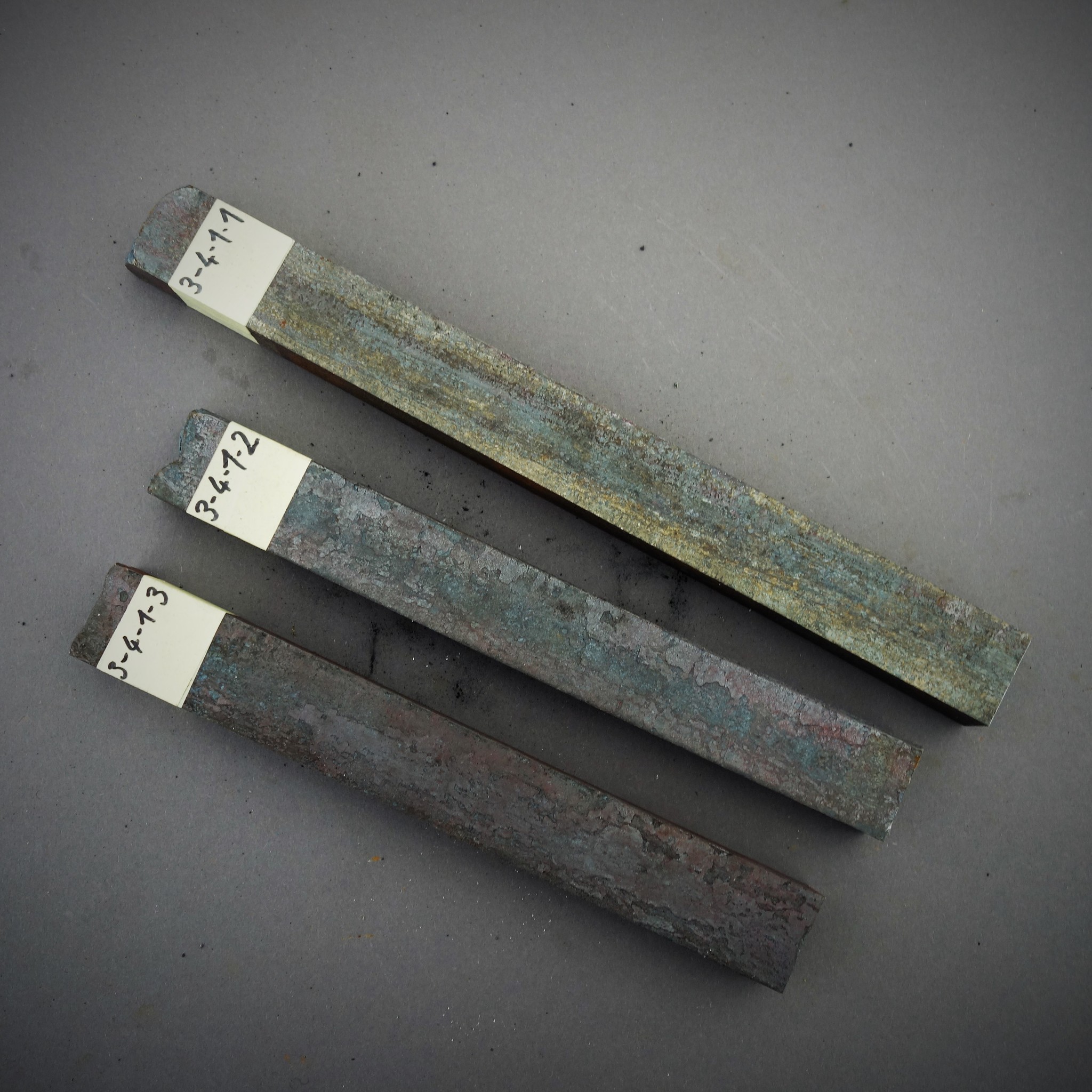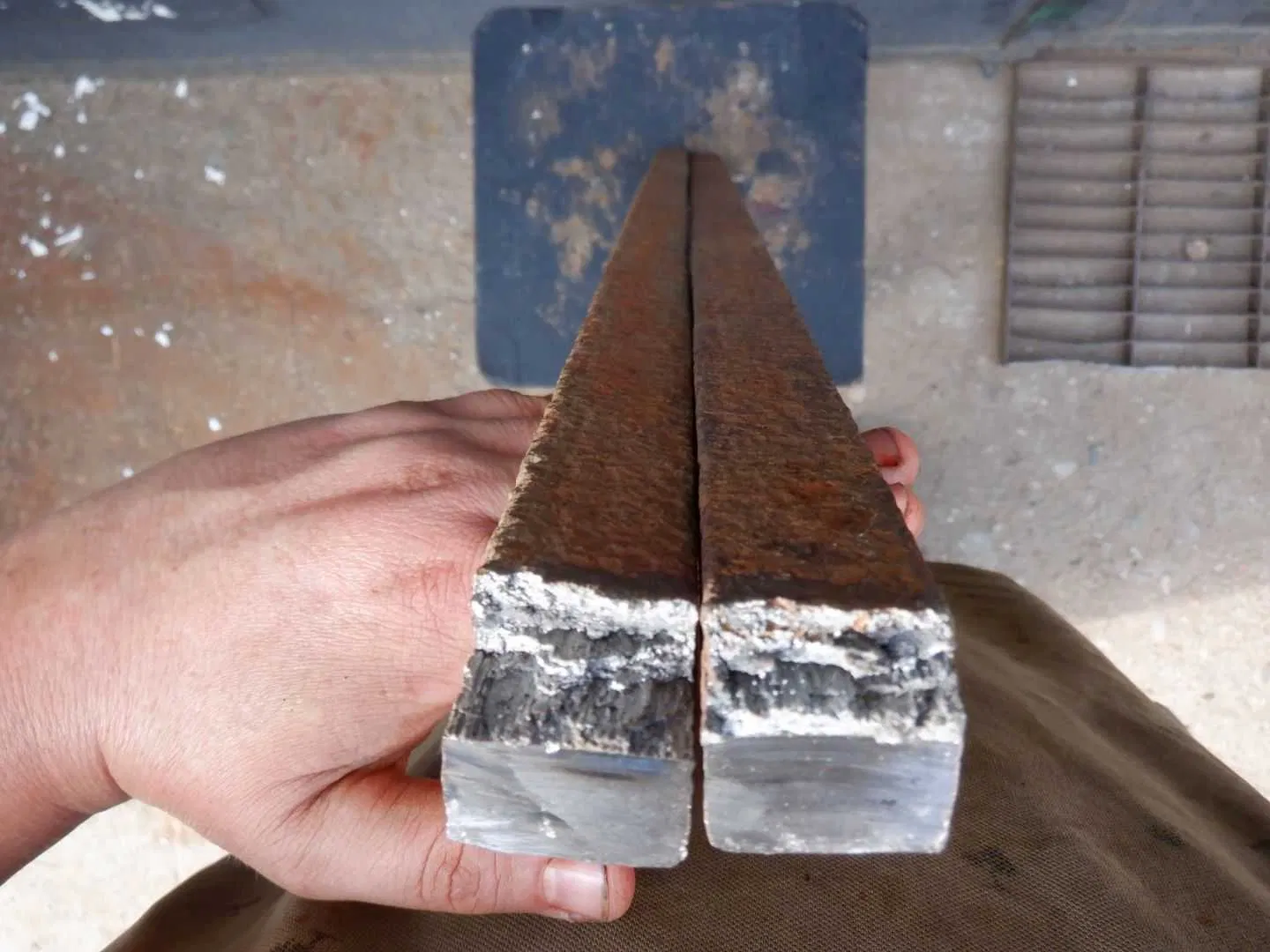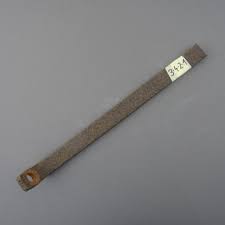About Puddled Iron
Puddled iron, a historic iron production method, emerged in the 18th century. Iron ore was heated in a reverberatory furnace, and the molten iron was stirred or "puddled" to remove impurities. This process produced higher-quality iron for construction and manufacturing, contributing to the Industrial Revolution's growth. It's largely obsolete today.

- Puddled iron, a pivotal development in iron production, emerged during the 18th century.
- This process involved heating iron ore in a reverberatory furnace to create molten iron.
- Skilled workers "puddled" the molten iron by stirring it to remove impurities like carbon and slag.
- Puddled iron played a crucial role in providing high-quality iron for construction and manufacturing during the Industrial Revolution.
- Today, modern steelmaking methods have largely replaced the puddling process, rendering it obsolete.
- Nevertheless, puddled iron remains a significant historical innovation that transformed the metallurgy industry.


